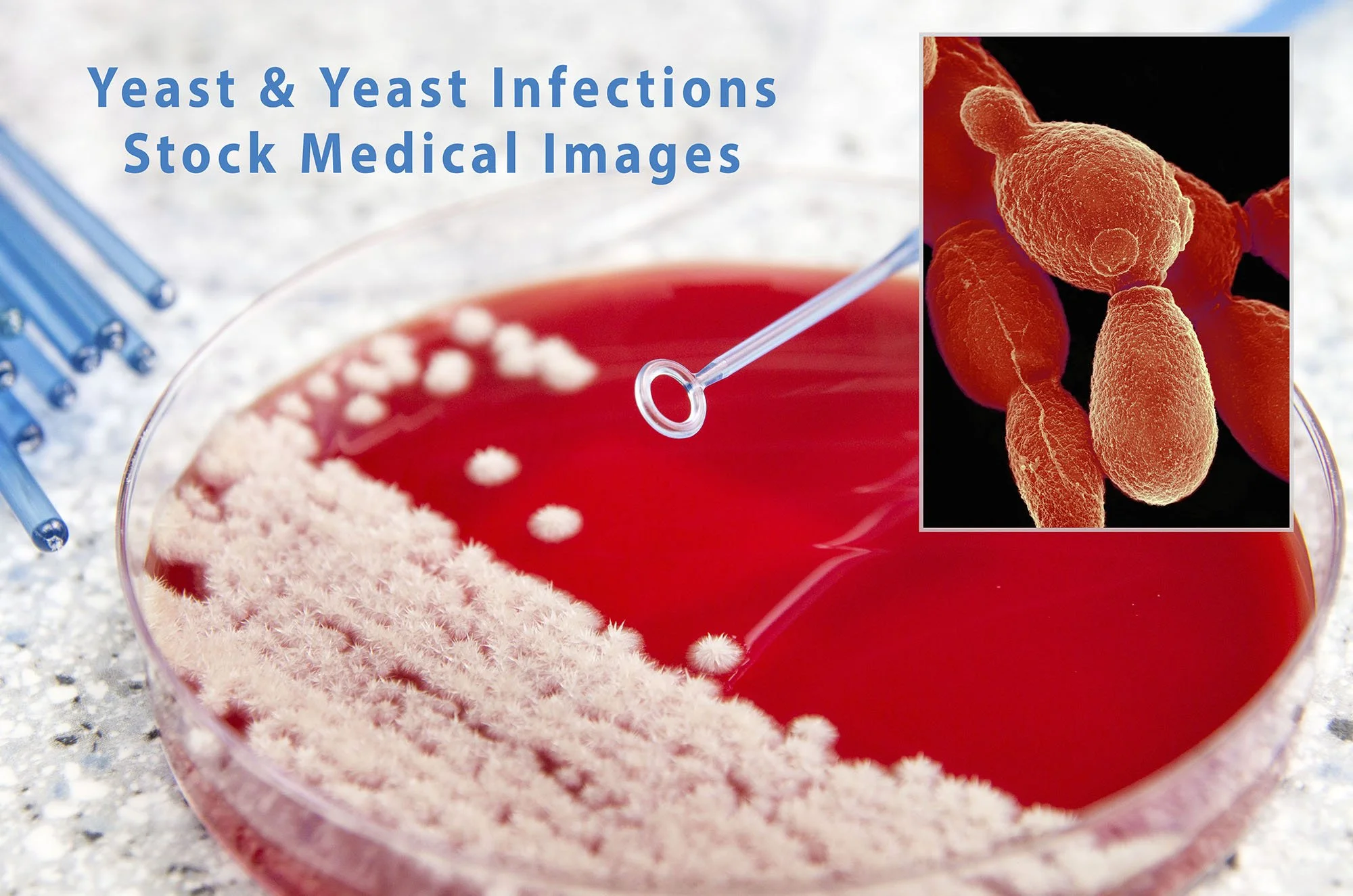Candida Albicans is a single-celled fungus or yeast usually found on the skin and inside the mouth, throat, gut, and vagina. Under normal and healthy conditions, is it harmless. But, when something alters the immune system, such as taking a round of antibiotics, Candida Albicans can wreak havoc with the human body.
Even a strong, healthy person can develop an oral (thrush), vaginal, or skin (cutaneous candidiasis) yeast infection. It is also the cause of diaper rash. Warm, moist creased areas of the body are the most susceptible.
GALLERY OF YEAST AND YEAST INFECTIONS
More graphic images can be found by searching the website.
The mycobiome is a human biome component comprised of various yeasts and fungi. Scientists believe the purpose for organisms such as Candida Albicans to be present is to keep the immune system primed. The mycobiome lives typically in harmony with the rest of the human biome but can cause disease if things go awry.
Aside from antibiotic use, changes in estrogen levels, pregnancy, oral contraceptives, diabetes, or a compromised immune system can set off an infection. Even a dip in a hot tub or staying in a wet bathing suit too long can bring on an infection. Common conditions caused by yeast include oral thrush, cutaneous candidiasis, tinea versicolor, genital/vaginal yeast infection, and ear infection. In rare cases, yeast may infect the blood, heart, brain, or other body parts.
If you are in need of stock medical images and content related to yeast and yeast infections, Science Source can fulfill your rights-managed and royalty-free demands.

